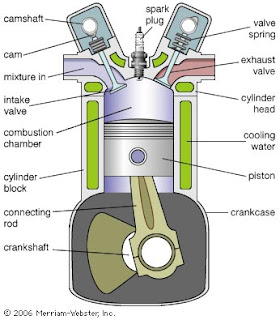Natural Gas, How Do We Store ?
natural gas consumption usually rises and falls with the seasons. In the winter months, which historically have used more natural gas for heating. We are trend towards using natural gas to produce electricity, as well as heat. Therefore, we are using more and more about natural gas per year. The peaks in the summer are becoming more common than ever now that natural gas is used for cooling our homes and businesses. The high demand for energy burns clean and efficient natural gas demands are constantly extract, process and transport natural gas to areas that need it most. You should also store the excess gas so it is ready for use. We collect certain amounts based on projections of consumption and store excess amounts to ensure that the offer is less than demand when the natural gas needs highest peak than expected. It used to consume all the coal gas. Coal gas is stored in gas holders from the mid eighteenth century. These were large, surface tanks slowly sunk into the ...

